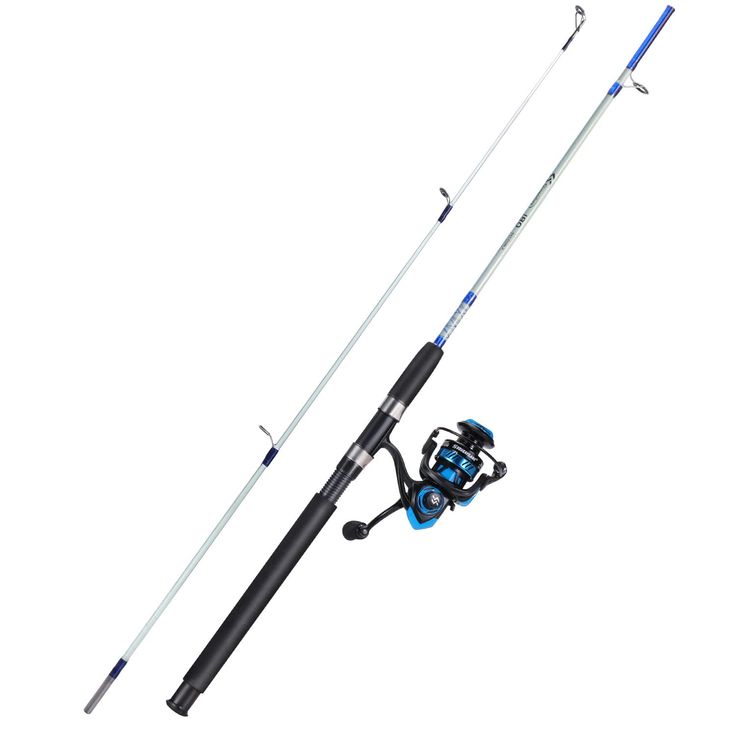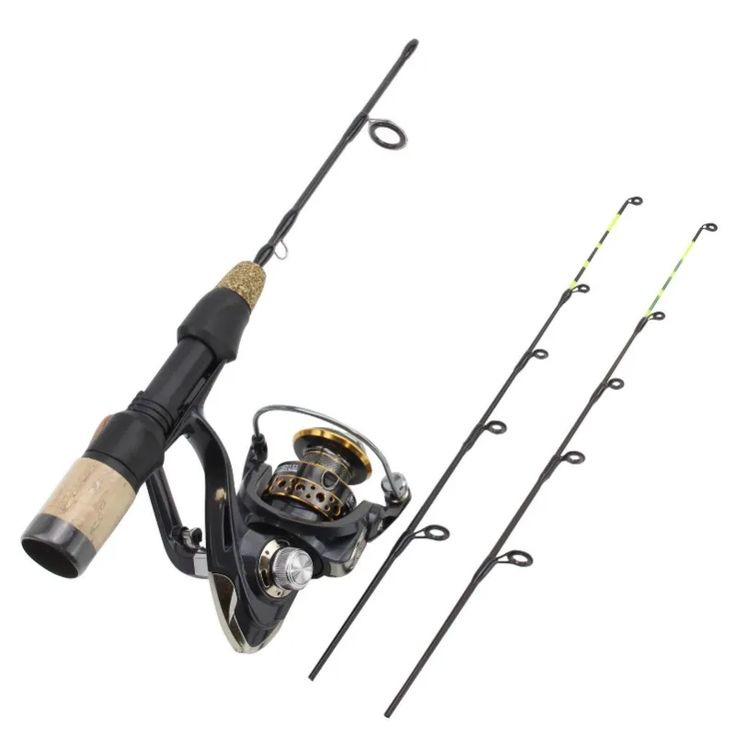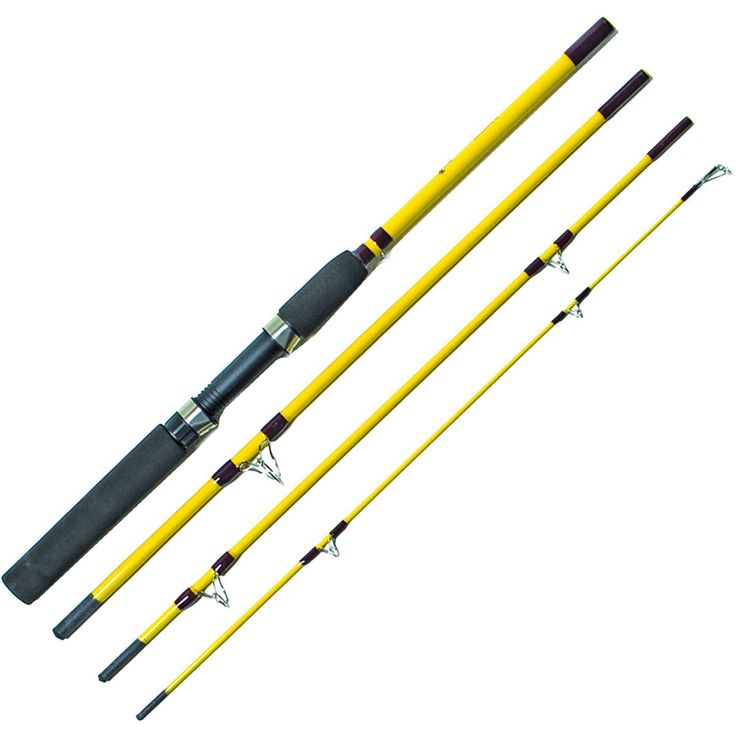Introduction to Fly Fishing Rod Casting
Fly fishing begins with mastering the cast. How to cast a fly fishing rod, yet with some basic knowledge and practice, it develops into an enjoyable skill. It involves propelling a fly, which is practically weightless, through the air and ensuring it lands softly upon the water, mimicking natural prey. This requires a blend of timing, technique, and understanding of the fly rod’s mechanics.

Understanding the Role of the Backcast
The backcast is a critical component in fly fishing. It sets up the entire cast, preparing the fly line for a smooth and controlled forward motion. Without a proper backcast, the forward cast may falter, lacking the necessary momentum for accurate placement.
The Importance of Acceleration and the Stopping Motion
A good cast is all about accelerating the fly rod to a precise stop. This motion generates the power that propels the fly line forward, creating a loop that unfurls towards your target.
The Significance of a Straight Line Path
Maintaining a straight path with the rod tip during the cast is essential for energy efficiency. It ensures that the momentum transfers directly to the line, providing more precise casts.
Learning how to cast a fly fishing rod involves these foundational motions. It’s a blend of physics and finesse, requiring attention to detail and patient practice. In fly fishing, efficient casting can significantly increase your chances of success, making it a vital skill to develop for all anglers.
Essential Casting Principles for Fly Fisher
To achieve proficiency in fly fishing, understanding the fundamental casting principles is crucial. The backcast, acceleration to a stop, and maintaining a straight line path are key elements that contribute to successful casting.
Understanding the Role of the Backcast
The backcast is foundational in setting up a productive forward cast. By creating tension, the backcast loads the rod, which is vital for the subsequent forward motion of the line. Proper backcasting lays the groundwork for precise and powerful fly delivery.
The Importance of Acceleration and the Stopping Motion
Generating the right amount of power in a cast hinges on acceleration followed by a decisive stop. This sequence induces the necessary momentum, ensuring the line extends fully towards the target. It’s the sharp stop that forms the loop, driving the cast to completion.
The Significance of a Straight Line Path
Efficient casting demands that the rod tip follows a straight path. This tactic maximizes energy transfer to the line, boosting control and precision. A straight path through the casting stroke helps avoid wasted motion and delivers stronger, more accurate casts.
By mastering these principles — the backcast, rapid acceleration to a stop, and a straight rod tip path — anglers can vastly improve their casting technique. It’s also important to remember that while these principles are foundational, other factors like rhythm, grip, and personal style play a role in perfecting your cast.

Practical Casting Techniques for Beginners
Starting with basic fly fishing techniques is essential for all beginners. Building solid fundamental skills will enable a smoother learning curve, giving you a better foundation on which to develop your casting abilities. Here are some key techniques to start with.
Eliminating Slack: The First Step to a Good Cast
To cast a fly fishing rod effectively, you must start with removing slack from the line. This means making sure there’s no loose line lying around that could impede your cast. By retracting the slack, you allow your rod to transfer energy more directly, making your casts more efficient. Gently pull the line just before you begin your backcast to ensure minimal slack.
Timing Over Muscle: The Art of the Cast
Fly casting relies more on precise timing than brute strength. The ability to sync your movements perfectly during the backcast and forward cast results in a smooth and effective fly delivery. Focus on feeling the rod load and unload through the movement, using a fluid, rhythmic motion rather than fast, jerky actions.
Utilizing Rod Length and Flexibility Efficiently
The length and flexibility of your fly rod are designed to work for you, not against you. Utilize the full length of the rod to maximize the energy transfer without exerting too much physical force. Learn how to ‘feel’ when the rod is fully loaded; this sensation will guide your timing for releasing the cast. The flexibility aids in creating a buffer that absorbs and redistributes the energy you generate during the cast.
These starting points are crucial for anyone new to fly fishing, providing a foundation for developing more complex skills as you gain experience.
Advanced Casting: Beyond the Basics
Casting proficiency enhances the fly fishing experience. It allows for more precise fly placement and increases your chances of a catch. Beyond the basic backcast and forward cast, advanced techniques like accurate casting, off-hand coordination, and roll casting come into play. These skills can be the difference between a good fly fishing session and a great one. Let’s delve into some of these advanced casting techniques.
Mastering the Art of Accurate Casting
Accuracy in casting is vital. It is about placing the fly exactly where you want it. This precision often leads to better fishing spots and more successful catches. To cast accurately, focus on your target and visualize the fly’s path. Use a controlled forward cast with a tight loop to maintain direction.
The Critical Role of the Off-Hand in Casting
Your off-hand is not just a support; it’s an active participant in casting. Use it to manage line tension and feed the line during the cast. Keep it steady and use it to gather slack line as you cast. This helps in maintaining control over the fly’s placement and prepares you for an immediate line retrieval.
The Roll Cast: Complementing Essential Techniques
A roll cast is useful when fishing in tight spots or with limited backcast space. It starts with a ‘D-loop’ in the line behind you, and a forward stroke that propels the fly. The roll cast is perfect for situations like dense overgrowth or windy conditions. It’s essential in an angler’s casting repertoire and serves as a great foundation for other casts.
Expanding your casting skills can greatly impact your effectiveness on the water. Practice each technique diligently and integrate them into your fly fishing approach for best results.

Common Mistakes and How to Avoid Them
When learning how to cast a fly fishing rod, common errors may hinder progress. Understanding these mistakes supports better casting habits and improves overall performance. Here are typical mistakes to watch for and tips on how to avoid them.
Overpowering the Cast
A frequent casting error is using too much force. Remember, it’s about finesse, not strength. To avoid overpowering your cast, focus on smooth movement and precise stops. This will help you maintain control and prevent the rod from snapping forward too hard.
Poor Timing between Backcast and Forward Cast
Timing is crucial in fly fishing. A delay or rush between backcast and forward cast disrupts the line’s flow. Practice timing to develop a rhythmic motion, ensuring both parts of the cast sync up seamlessly.
Not Watching the Backcast
Ignoring your backcast can lead to issues like tangled lines. Turn your head to watch the backcast until you’re confident in your technique. This helps in understanding when the rod is fully loaded for the forward motion.
Neglecting the Stop
The stop at the end of your backcast and forward cast shapes your line’s loop. Failing to make a clear stop leads to an inefficient cast. Practice stopping sharply at the end of each cast to create tighter loops.
Incorrect Rod Positioning
The rod should be at the proper angle during the cast. Holding it too high or low affects the line’s trajectory. Keep the rod at a consistent angle, usually around ten o’clock, to optimize line control.
Incorrect Power Application
Applying power smoothly across the cast is essential for a tight loop. Jerky or inconsistent power results in a wobbly line. Work on a progressive increase in power up to the point of the stop for a smoother cast.
By being aware of these common casting mistakes and actively working to avoid them, beginners can significantly improve their fly fishing technique.
Tips for Making Efficient and Effective Casts
To elevate your fly fishing game, refining your casting is key. Here’s how you can cast more efficiently and effectively:
Focus on Form, Not Distance
Start with correct form over long casts. A good form leads to better control and, eventually, distance.
Practice in Different Conditions
Cast in wind, calm, and on different waters. Each condition improves your adaptability and skill.
Use a Marked Target for Practice
Aiming at a target refines accuracy. It trains muscle memory for precise casts on water.
Maintain a Consistent Casting Rhythm
Find a rhythm that works and stick with it. A steady pace beats hasty movements.
Watch Your Timing
Observing the backcast helps with timing. Proper timing creates a smooth, efficient loop.
Minimize Unnecessary Motions
All movements should aid your cast. Extra motion can introduce errors and reduce efficiency.
Adjust Your Cast Angles
Learn various cast angles. They help navigate obstacles and improve line laydown.
Learn to Recognize a Good Cast
Feel for the rod load and watch the loop. Recognizing a good cast helps repeat it.
Remember these tips and frequently practice. With patience and consistency, your casts will become more efficient and effective, leading to a more successful fly fishing experience.